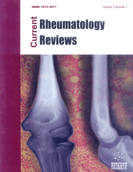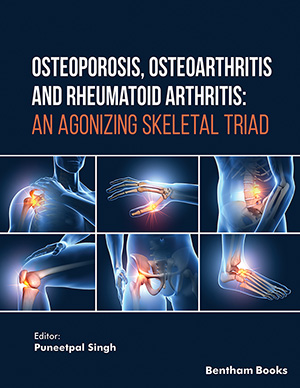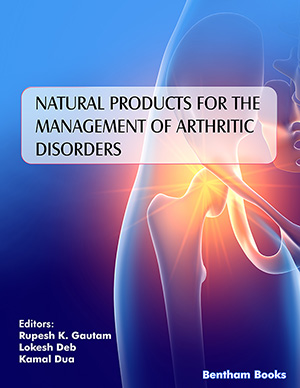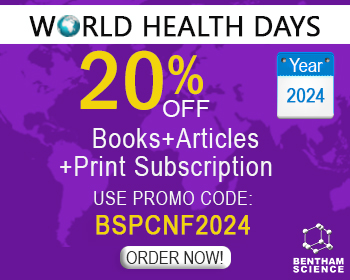Abstract
Articular cartilage is essentially avascular and in recent years the role of blood vessel formation in osteoarthritis has been increasingly recognized. Therefore, healthy cartilage most likely actively prevents vessel in growth although the underlying mechanisms have not been uncovered to date. Further, the role of inflammation in the degradative processes in osteoarthritis is increasingly recognized. An inflammation dependent angiogenesis is clearly involved in the pathophysiology of osteoarthritis. Vascular endothelial growth factor (VEGF) has evolved as a dominant mediator of angiogenesis. In addition an angiopoietin (Ang)-dependent signalling system as well as processes like hypoxia contribute to a complex signalling network that stimulates ingrowth of blood vessels and degradative processes in the cartilage tissue itself. It can be expected that additional players related to angiogenesis in osteoarthritis and/or antiangiogenesis in healthy cartilage will emerge in the future such as the CCN-family proteins. The cysteine rich protein 61 (CYR61/CCN1) represents an angiogenic inducer whereas the WNT1 inducible signalling pathway protein 3 (WISP3/CCN6) appears to be an antiangiogenic factor. The inhibition of inflammation dependent angiogenesis or solely angiogenesis appears to be a promising strategy in osteoarthritis. However, studies targeting angiogenesis (e.g. VEGF) are missing to date.
Keywords: Angiogenesis, osteoarthritis, VEGF, hypoxia








